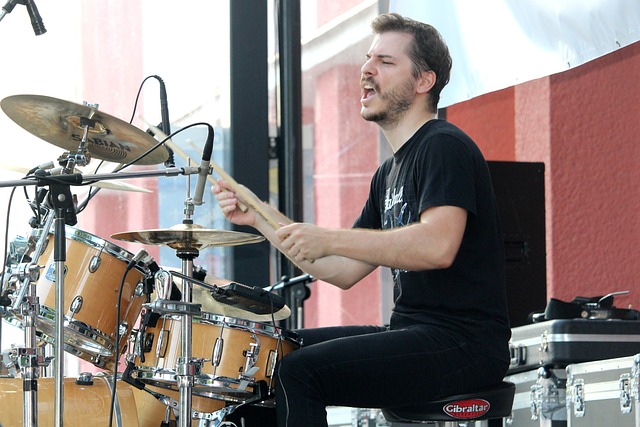In the world of fine arts, spontaneity thrives as a vibrant pulse, infusing life and energy into every brushstroke and canvas. It is a concept that transcends traditional boundaries, inviting both the artist and the observer to embrace the unexpected. The act of painting, in its rawest form, becomes a celebration of creativity—one that echoes the cultural fabric from which it draws inspiration.
Spontaneity in painting is not just about the quick splash of color or the impulsive strokes of a brush; it embodies a deeper connection to emotions, experiences, and cultural narratives. Artists often find that in the moment of creation, their subconscious spills onto the canvas, weaving tales of their heritage, beliefs, and the society around them. It is through this lens that spontaneity becomes a dialogue between the artist and their cultural identity.
As we explore the realm of fine arts, we see how culture influences artistic expressions, fueling the desire to experiment and innovate. Each culture carries its own aesthetic values and storytelling techniques, which artists channel spontaneously in their work. A vibrant mural in a cityscape wonderfully captures the essence of urban life, while an abstract piece might evoke the serene landscapes of rural traditions. The spontaneity in these creations reflects not just individual expression but a collective consciousness intertwined with cultural history.
Consider, for instance, the revered abstract expressionists of the mid-20th century who broke away from conventional forms. Artists like Jackson Pollock and Willem de Kooning embraced spontaneity, using action painting to let their emotions guide their hands. This unplanned freedom encouraged viewers to engage with art on a personal level, opening avenues for interpretation that resonate deeply within the observer’s own experiences and cultural backgrounds.
Art movements throughout history have taken cues from the unpredictable nature of life itself—a direct reflection of society’s dynamic character. The juxtaposition of chaos and order in spontaneous painting mirrors our cultural shifts, reminding us that amidst the strife and uncertainty, there is beauty in the unexpected. This ability to capture fleeting moments transcends visual aesthetics, transcending barriers and encouraging dialogue among diverse audiences.
In essence, embracing spontaneity in painting is about more than just the final piece; it is about the journey of creation and the emotions that are woven into each layer. As art enthusiasts, we are invited to participate in this journey, to experience the thrill of uncertainty alongside the artist, and to reflect on how their spontaneous decisions speak to our shared humanity and diverse cultural narratives.
Whether you are an artist or an admirer, allowing spontaneity to guide your experience of art opens up a world of possibilities. It encourages exploration, urges you to ask questions, and inspires a deeper understanding of how fine arts reflect and celebrate the intricate tapestry of culture. So, the next time you face a blank canvas or walk through a gallery, take a moment to embrace the spontaneity that unfolds before you, and let it shape your own artistic journey.




